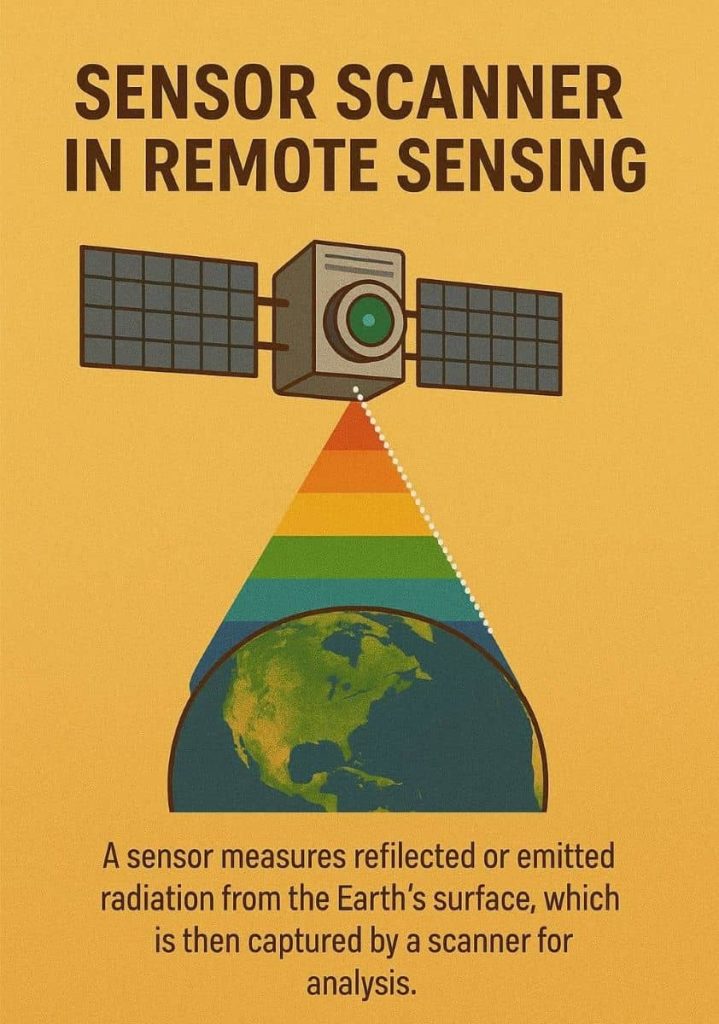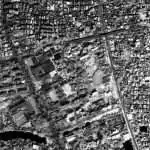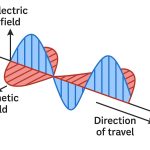Sensor Scanner in Remote Sensing
What is Sensor Scanner
In Remote Sensing, using scanning systems, which employ a Sensor with a narrow Instantaneous Field of View (IFOV) that sweeps over the terrain. Scanning systems can be used on both aircraft and satellite platforms.

Types of Sensors Scanning System
There are two main modes of scanning to acquire multispectral image data:
- Whiskbroom Scanner (Across-track scanner)
- Pushbroom Scanner (Along-track scanner)
Whiskbroom Scanner
A whiskbroom scanner, also known as a spotlight or across-track scanner.
The whiskbroom scanners are made up of a rotating mirror and a single detector. The mirror is so oriented that when it completes a rotation, the detector sweeps across the field of view between 90 – 120 to obtain images in a large number of narrow spectral bands ranging from visible to middle infrared regions of the spectrum.

Sensors that use the whiskbroom scanning include; all Landsat sansor
Working Principle
- A rotating mirror deflects incoming light from the Earth’s surface across a single detector or a few detectors.
- The sensor platform moves forward in the along-track direction, allowing the scanner to cover a swath of land line-by-line.
- Each scan line is captured sequentially, resulting in a complete image as the platform moves.
Pushbroom Scanner
A pushbroom scanner, also known as an along-track scanner.
The Pushbroom scanners, use a line of detectors arranged perpendicular to the flight direction of the spacecraft. As the spacecraft flies forward, the image is collected one line at a time, with all of the pixels in a line being measured simultaneously.

Sensors that use the pushbroom scanning include; SPOT, IRS, QuickBird, OrbView, and IKONOS.
Working Principle
- The sensor has a 1D array of detectors aligned perpendicular to the flight direction.
- As the satellite moves forward, each detector continuously captures data from a single ground resolution cell.
- The image is built line-by-line without any moving parts.
Pushbroom vs Whiskbroom Scanner
- A push broom scanner receives a stronger signal than a whisk broom scanner, because it looks at each pixel area for longer.
- One drawback of push broom sensors is that the detectors in the push broom can have varying sensitivity. If they are not perfectly calibrated, this can result in stripes in the data.
- The pushbroom scanners consist of a number of detectors which are equivalent to the number obtained by dividing the swath of the sensor by the size of the spatial resolution.
| Feature | Whiskbroom Scanner | Pushbroom Scanner |
|---|---|---|
| Scanning Type | Across-track (perpendicular to motion) | Along-track (parallel to motion) |
| Scanning Mechanism | Uses a rotating mirror to sweep across ground | Uses a linear array of detectors |
| Detector Configuration | Single or few detectors | 1D linear array (many detectors, one per ground pixel) |
| Radiometric Performance | Moderate | High (better signal-to-noise ratio) |
| Geometric Accuracy | Lower (due to mirror movement) | Higher (fewer distortions) |
| Complexity | Mechanically complex | Electrically complex (needs calibration) |
| Examples | Landsat MSS, TM, ETM+; MODIS | Landsat OLI; Sentinel-2 MSI; SPOT; Cartosat |






